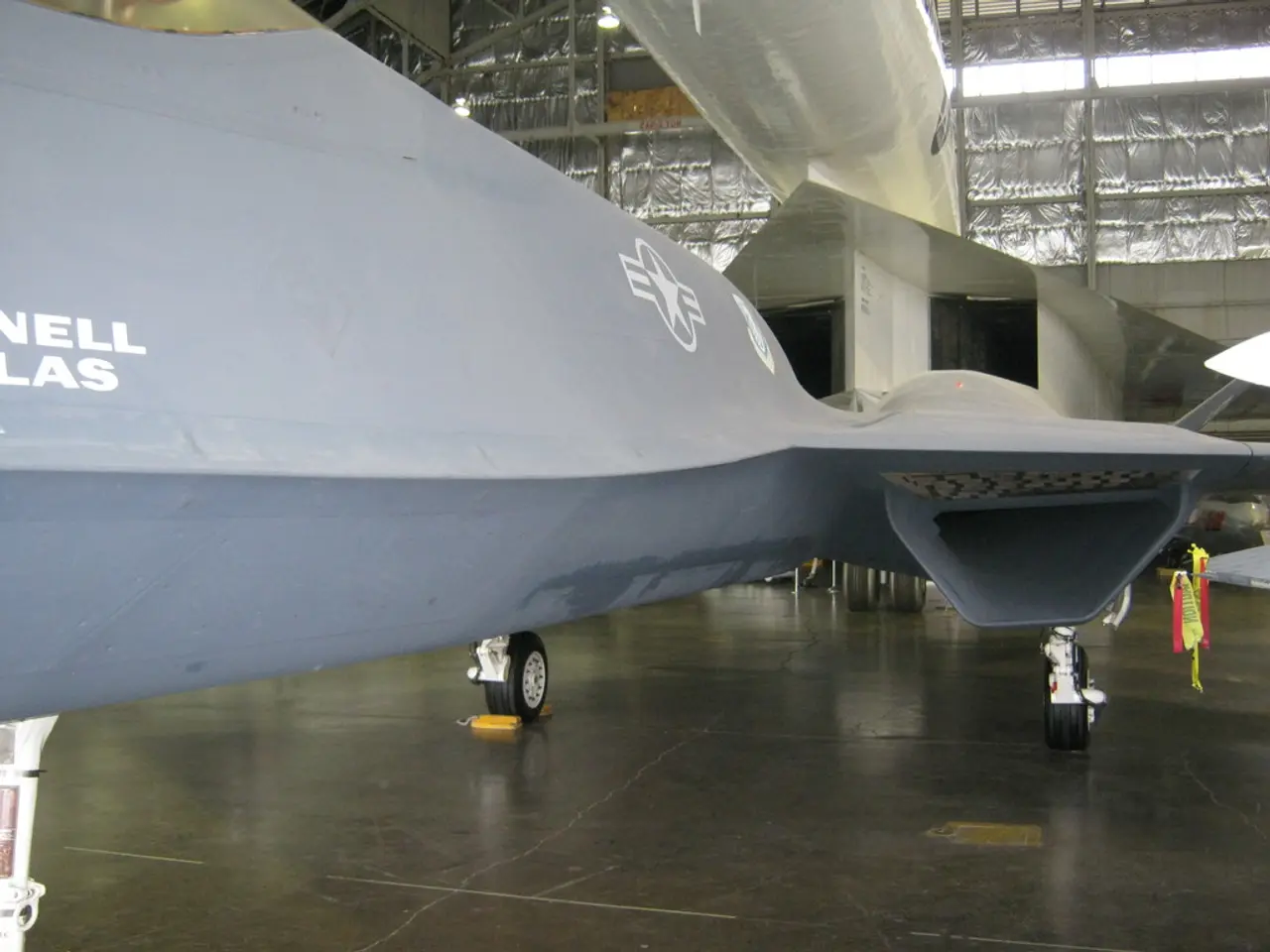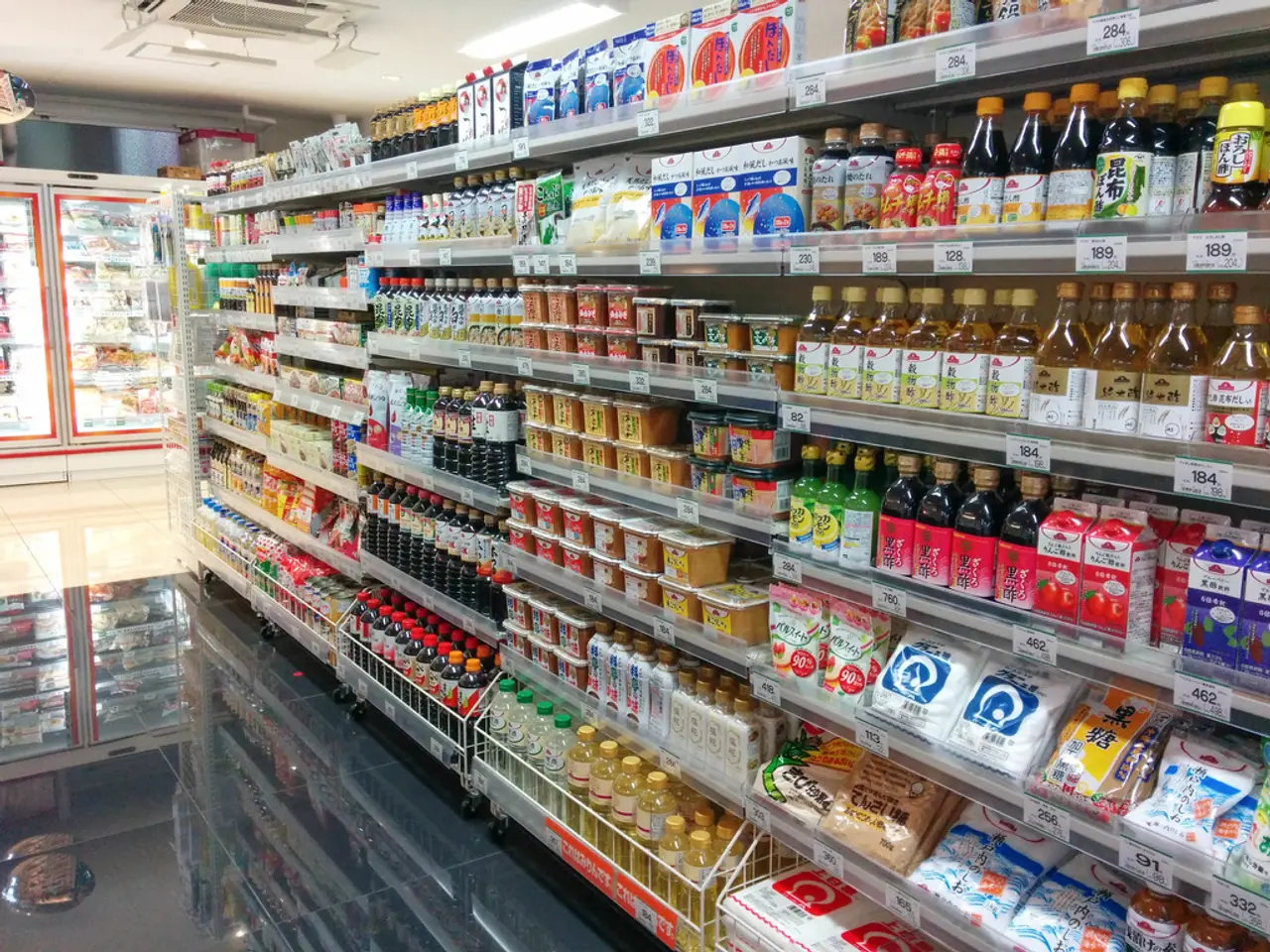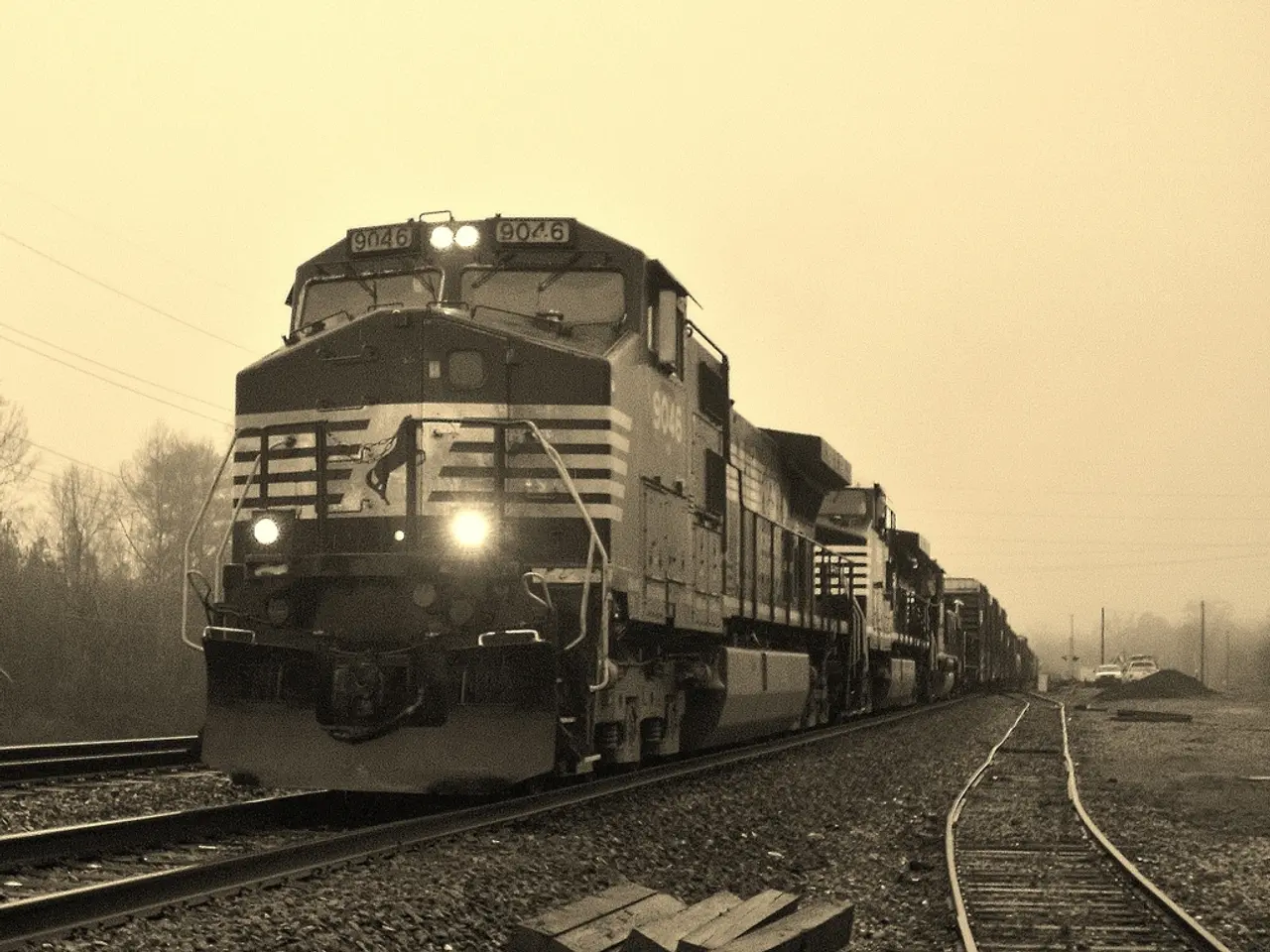Restaurant bills in Russia increased by 19.5% on average in the year 2025.
Fast Food Spending Skyrockets in Russia: A Breakdown of 2025's Booming Restaurant Industry
The unstoppable rise of the restaurant industry in Russia: In 2025, the culinary landscape of Russia has transformed, with an astonishing surge in restaurant expenditure nationwide. According to a recent study by the "Russian Standard" bank's payment system, expenditure by visitors in the first three months of 2025 skyrocketed by a whopping 19.5% compared to the same period last year, with the average check soaring to a staggering 2,146 rubles.
Quick-Fire Growth in Quick Service Restaurants: The growth in the restaurant industry isn't exclusive to formal dining establishments. Quick service restaurants have seen even more dramatic growth, with a 23.27% increase in the average check from 438 rubles to 540 rubles during the first quarter of 2025.
Major Hubs of Dining Out: The city leading the pack in restaurant payments during the first quarter of 2025 was none other than Moscow, with an eye-popping average check of 4,035 rubles. St. Petersburg and Kazan follow closely behind with checks of 2,281 rubles and 1,738 rubles, respectively. Interestingly, Moscow and St. Petersburg also find themselves in the list of cities with the highest number of payments at quick service restaurants – Moscow at 790 rubles and St. Peterburg at 367 rubles, with Kazan rounding out the top three at 455 rubles.
The lazy man's cookbook: Our website previously reported that Russians don't want to cook and prefer the convenience of dining out. In 2024, clients of quick service restaurant networks made an average of 5% more orders than in the previous year, with the average check in Russia climbing by 10% to 603 rubles. Other segments of the foodservice industry also experienced growth last year, with an increase in orders of 6% in cafes and canteens, and a whopping 9% in restaurants and bars. Comparing mid-2022 with July 2024, the gap between the average check in fast food and restaurants narrowed from 71% to 66%.
Reducing the Burden of Taxes on Restaurant Giants: The Ministry of Finance and FNS are in discussions to reduce the tax burden for large restaurant businesses. Currently, companies with revenue below 2 billion rubles are exempt from VAT and pay reduced insurance contributions of 15% instead of 30%, a concession initially introduced in 2021 to support the industry during the pandemic. However, large networks face a competitive disadvantage and are considering a potential raise in the VAT exemption threshold for the foodservice industry to 3 billion rubles, or, alternatively, setting a non-refundable VAT rate of 2-5% instead of the current 20%.
Join the discussion: Stay updated on the evolution of the restaurant industry in Russia by following our website, subscribing to our Zen.News email newsletter, or connecting with us on Telegram and VKontakte.
- I'm not sure if the Ministry's proposals to reduce taxes on large restaurant businesses will significantly impact the average expenditure in food-and-drink businesses by 2025.
- The booming Russian restaurant industry in 2025 brings attention to the lifestyle changes, with a significant increase in expenditure on food-and-drink businesses, especially in quick service restaurants.
- While the average check in quick service restaurants is expected to be around 540 rubles in 2025, it is interesting to note that Moscow stands out with an average check of 4,035 rubles, indicating a trend towards indulgence in high-end restaurants.
- The finance sector's focus on the restaurant industry's expenditure growth in Russia in 2025 reveals an ongoing interest in understanding the impact on business revenues and the overall economy.
- As the finance and lifestyle sectors adapt to the changing Russian restaurant landscape, it is essential to consider how these trends will affect the average Russian's expenditure and their overall lifestyle choices in food-and-drink businesses by 2025.




